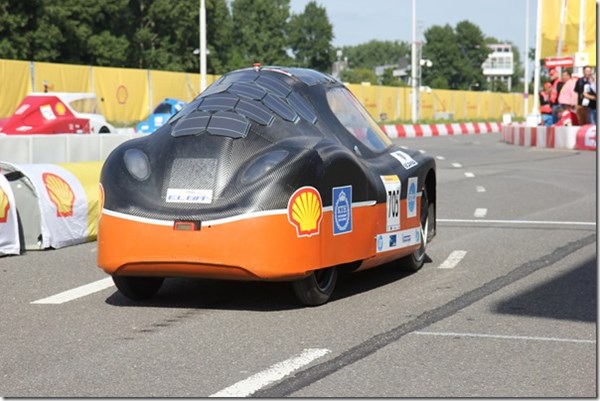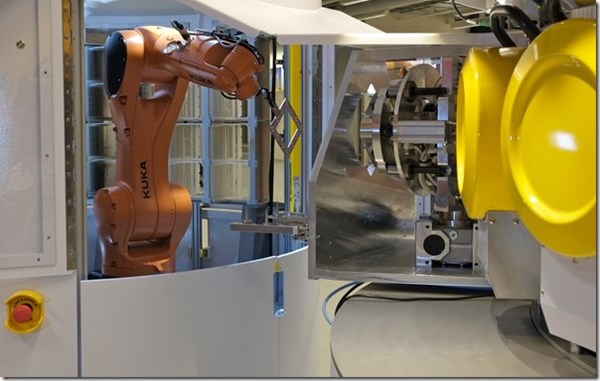Sun Power
One thing that you don’t hear about much anymore is the use of solar cells to power vehicles.
One thing that you don’t hear about much anymore is the use of solar cells to power vehicles. Which is somewhat odd, given that the sun burns hydrogen, and hydrogen is the so-called “end-game” for automotive fuels. . . .
Certainly, photovoltaics have their limitations, especially when the sun goes behind a cloud or for several months running in places ranging from Alaska to Detroit (in winter).
Featured Content

But that said, there are also plenty of places where there is a considerable amount of sun for a considerable amount of time. Like Arizona, for instance.
Solar-powered cars came to mind because the Swedish Royal Institute of Technology (KTH) announced that it set the Swedish fuel efficiency record during the Shell Eco Marathon with a solar-powered car, the Elba.
The Elba didn’t finish first but fifth.
Still, according to the KTH, the car set a record of 181.5 km/kWh. Translating that to MPGe, that’s 3,801.
Which is a heck of a distance by any measure.
The solar cells for the Elba were produced by a Swedish company, Midsummer (presumably that has something to do with the long summer days in Sweden), which produces production lines for making thin-film solar cells.

Speaking of the CIGS (copper, indium, gallium, selenium) cells, Alex Witt, Production Manager at Midsummer, said “The only possible solar solution that would integrate in Elba's aerodynamic shape was Midsummer's flexible thin film solar cells on stainless steel, which could easily follow the curved body of the vehicle without cracking. This solution would have been impossible with silicon solar cells as they crack easily.”
Chances are better than good that outside of things like Eco Challenge races we’re not going to see a whole lot of photovoltaic-powered cars, but it is a compelling thought.
RELATED CONTENT
-
Toward Automatic Control of Nickel Plating Processes
Technological advances in electronics manufacturing and the design of automobiles have brought about a trend toward very narrow specifications and increasingly stringent requirements on the quality of electrodeposited layers of nickel.
-
Thin Multilayer Palladium Coatings for Semiconductor Packaging Applications Part I: Solderability
The 1996 AES Gold Medal Award was given to I.V. Kadija and his co-workers for the Best Paper appearing in Plating and Surface Finishing in 1995. Their work dealt with the use of palladium in electronics finishing in the 1990s. This paper covered the evaluation of such finishes for solderability.
-
Electroplating, Electrochemistry and Electronics - The 15th William Blum Lecture - Part 1
This article is the first of four parts of a re-publication of the 15th William Blum Lecture, presented at the 61st AES Annual Convention in Chicago, Illinois, on June 17, 1974. Dr. George Dubpernell reviews the history and extent of commercial plating, then delves into the electrochemical science, including potentials, overvoltage and connections to electronics.


.jpg;width=70;height=70;mode=crop)
















